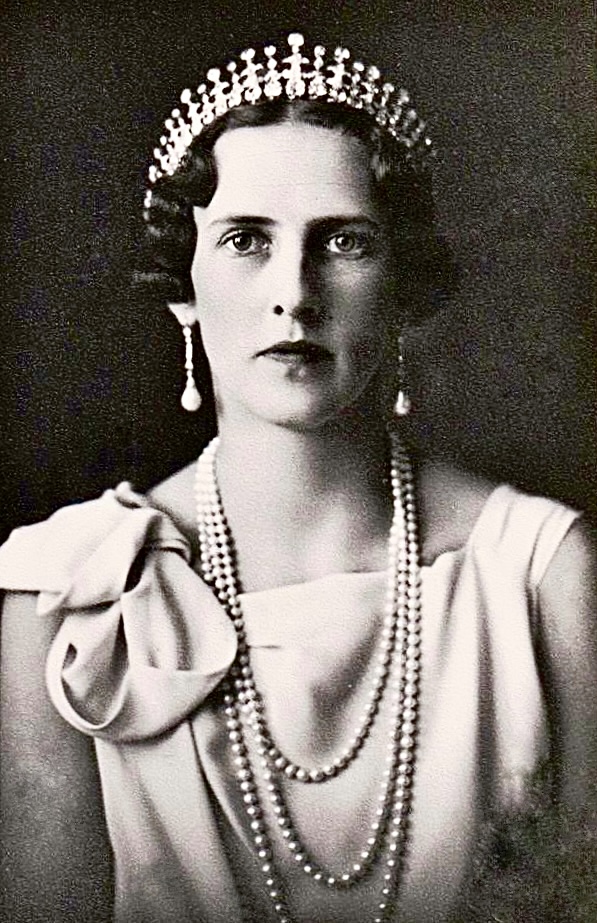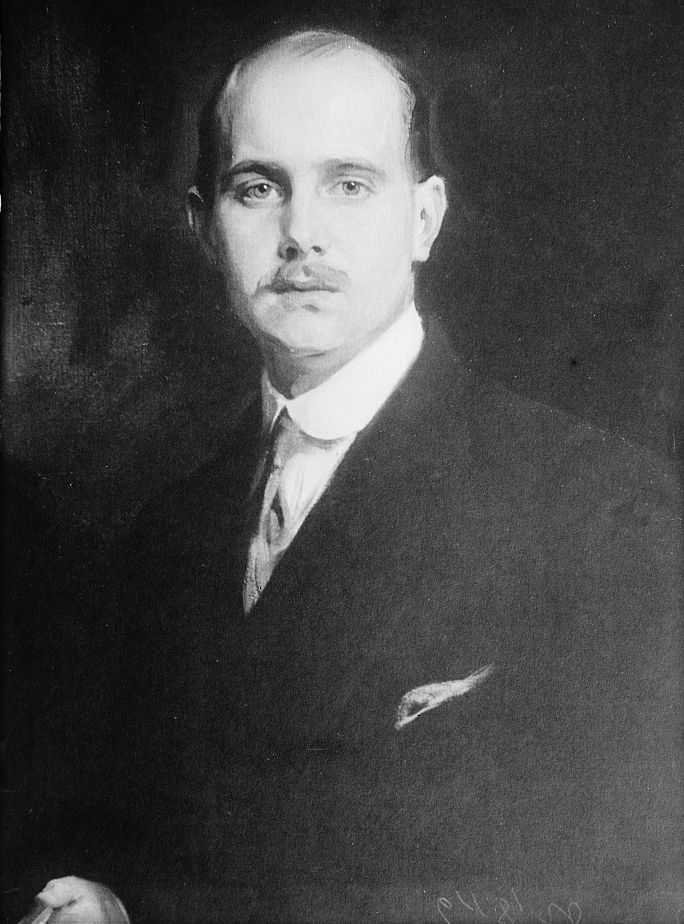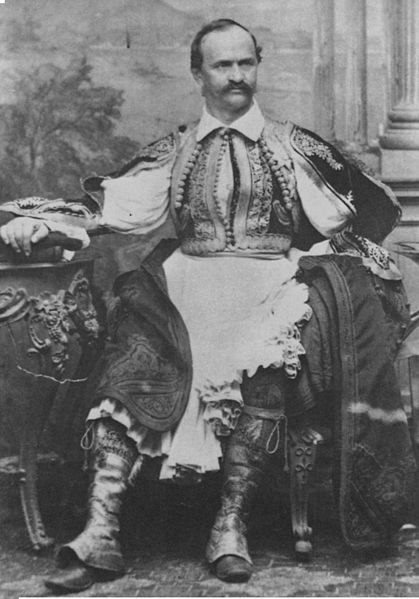by Susan Flantzer © Unofficial Royalty 2014
Note: Queen Sofia was named Sophia, the Latin version of her Greek name Σοφία. When she married, her name was changed to the Spanish variant Sofía and in English, it generally is Sofia which will be used throughout this article.
Queen Sofia, the wife King Juan Carlos I of Spain, was Queen Consort of Spain from her husband’s accession on November 22, 1975 until June 19, 2014, when King Juan Carlos abdicated in favor of his son, King Felipe VI. Sophia Margarita Victoria Federica was born on November 2, 1938, at Villa Psychiko, in the suburbs of Athens, Greece. Her parents were King Paul of Greece and Princess Frederica of Hanover, both descendants of Queen Victoria’s eldest daughter Victoria, Princess Royal who married Friedrich III, German Emperor.
- Queen Victoria -> Victoria, Princess Royal -> Princess Sophie of Prussia -> King Paul I of Greece -> Queen Sofia of Spain
- Queen Victoria -> Victoria, Princess Royal -> Wilhelm II, German Emperor -> Princess Viktoria Luise of Prussia -> Princess Frederica of Hanover -> Queen Sofia of Spain
Sofia was christened Sophia Margarita Victoria Federica on January 9, 1939, in a Greek Orthodox ceremony at the Royal Palace in Athens, Greece. Her godparents were:
- Queen Elizabeth of the United Kingdom, wife of her father’s second cousin, later The Queen Mother, born The Honorable Elizabeth Bowes-Lyon
- Queen Elena of Italy, born Elena of Montenegro
- King George II of Greece, her paternal uncle
- Queen Alexandrine of Denmark, wife of her father’s first cousin, born Alexandrine of Mecklenburg-Schwerin
- Princess Irene of Greece, her paternal aunt
Sofia. eldest of her parents’ three children, had a younger brother and a younger sister:
- King Constantine II of the Hellenes (1940 – 2023), married Princess Anne-Marie of Denmark, had three sons and two daughters
- Princess Irene of Greece (born 1942), unmarried
In April of 1941, during World War II, Germany and Italy invaded Greece and Sofia’s family was forced to flee. The family lived in Alexandria, Egypt, and Cape Town, South Africa before returning to Greece in 1946. King George II of Greece, Sofia’s uncle, died childless in 1947, so Sofia’s father became King and her brother Constantine became Crown Prince.
While in Alexandria, Egypt, Sofia attended El Nasr Girls’ College. She finished her secondary education at Salem School in Salem, Germany and when she returned to Greece, she studied childcare and music. Sofia also studied at Fitzwilliam College, the University of Cambridge in England. In the 1960 Rome Summer Olympics, Sofia represented Greece as a reserve member of the sailing team. Her brother Constantine won a Gold Medal in Sailing: Mixed Three Person Keel/Dragon Class in those Olympics. Sofia is fluent in five languages: Greek, German, Spanish, French, and English.
It was on an August 1954 cruise aboard the Agamemnon, a 5,500-ton luxury liner owned by Greek line Nomikes, funded by Sofia’s father and reportedly the idea of her mother, that Sofia first met her future husband Juan Carlos of Spain. See Unofficial Royalty: Agamemnon, 1954: Cruise of the Kings. Sofia and Juan Carlos met again in 1961 when Prince Edward, Duke of Kent married.
A year later in Athens, on May 14, 1962, Sofia and Juan Carlos were married in three ceremonies: a Roman Catholic ceremony at the Cathedral of St. Dionysius the Areopagite, a civil ceremony at the Royal Palace, and the last, a Greek Orthodox ceremony at the Metropolitan Cathedral of the Annunciation.
Juan Carlos and Sofia have three children:
- Infanta Elena, Duchess of Lugo (born 1963), married Jaime de Marichalar y Sáenz de Tejada, divorced in 2010, had two children
- Infanta Cristina, (born 1965), married Iñaki Urdangarín, divorced in 2024, had four children
- King Felipe VI of Spain (born 1968), married Letizia Ortiz Rocasolano, had two children
At the time of Sofia’s marriage, Spain was ruled by the dictator General Francisco Franco and her husband had no official title or position in Spain. In 1969, General Franco recognized Juan Carlos as his successor and bestowed upon him the title of Prince of Spain. Juan Carlos became King of Spain in 1975 upon the death of General Franco.
Besides traveling in Spain and around the world on official engagements, Queen Sofia has been active in several charities. She is the executive president of The Queen Sofia Foundation, which is involved with social and humanitarian assistance, benefiting children, the elderly, immigrants, the disabled, and those affected by natural disasters.
Among the other organizations, Queen Sofia works with are:
- Foundation for Help Against for Drug Addiction, Honorary President
- Committee for Education and Care of Handicapped
- Queen Sofia Higher School of Music, President
In June 2014, Sofia’s husband King Juan Carlos announced his intent to abdicate in favor of their son Felipe. On June 18, 2014, Juan Carlos signed the law granting the abdication which would take effect just after midnight. The following day, his son was formally sworn in as King Felipe VI of Spain.
On August 3, 2020, former King Juan Carlos informed his son King Felipe VI of his decision to leave Spain because of increased media coverage concerning his business dealings in Saudi Arabia which were being investigated by the Spanish and Swiss legal systems. Initially, the Royal Household declined requests to publicly disclose Juan Carlos’ location. However, on August 17, 2020, the Royal Household confirmed that Juan Carlos was in the United Arab Emirates. Queen Sofia remained in Spain, staying at her home, Zarzuela Palace in Madrid, and continued with her activities. See Why did former King Juan Carlos leave Spain? for more information.
Queen Sofia and King Juan Carlos at the funeral of Grand Duke Jean of Luxembourg in 2019
This article is the intellectual property of Unofficial Royalty and is NOT TO BE COPIED, EDITED, OR POSTED IN ANY FORM ON ANOTHER WEBSITE under any circumstances. It is permissible to use a link that directs to Unofficial Royalty.
Kingdom of Spain Resources at Unofficial Royalty
- Kingdom of Spain Index
- Line of Succession to the Throne of Spain
- Monarchs of a United Spain (since 1516)
- Profiles of the Spanish Royal Family
- Spanish Royal Burial Sites
- Spanish Royal Christenings
- Spanish Royal Dates
- Spanish Royal FAQs
- Spanish Royal Links
- Spanish Royal Weddings
- Spanish Royal Residences

























